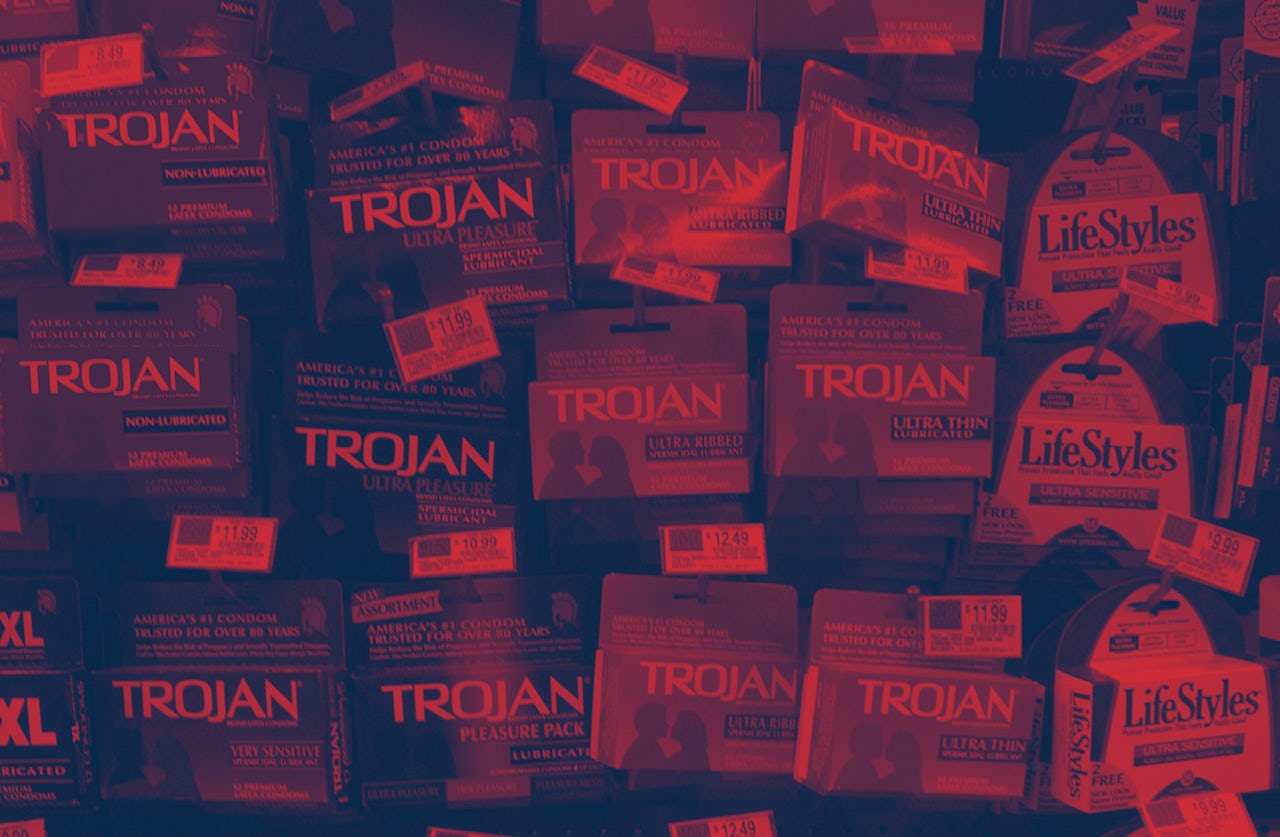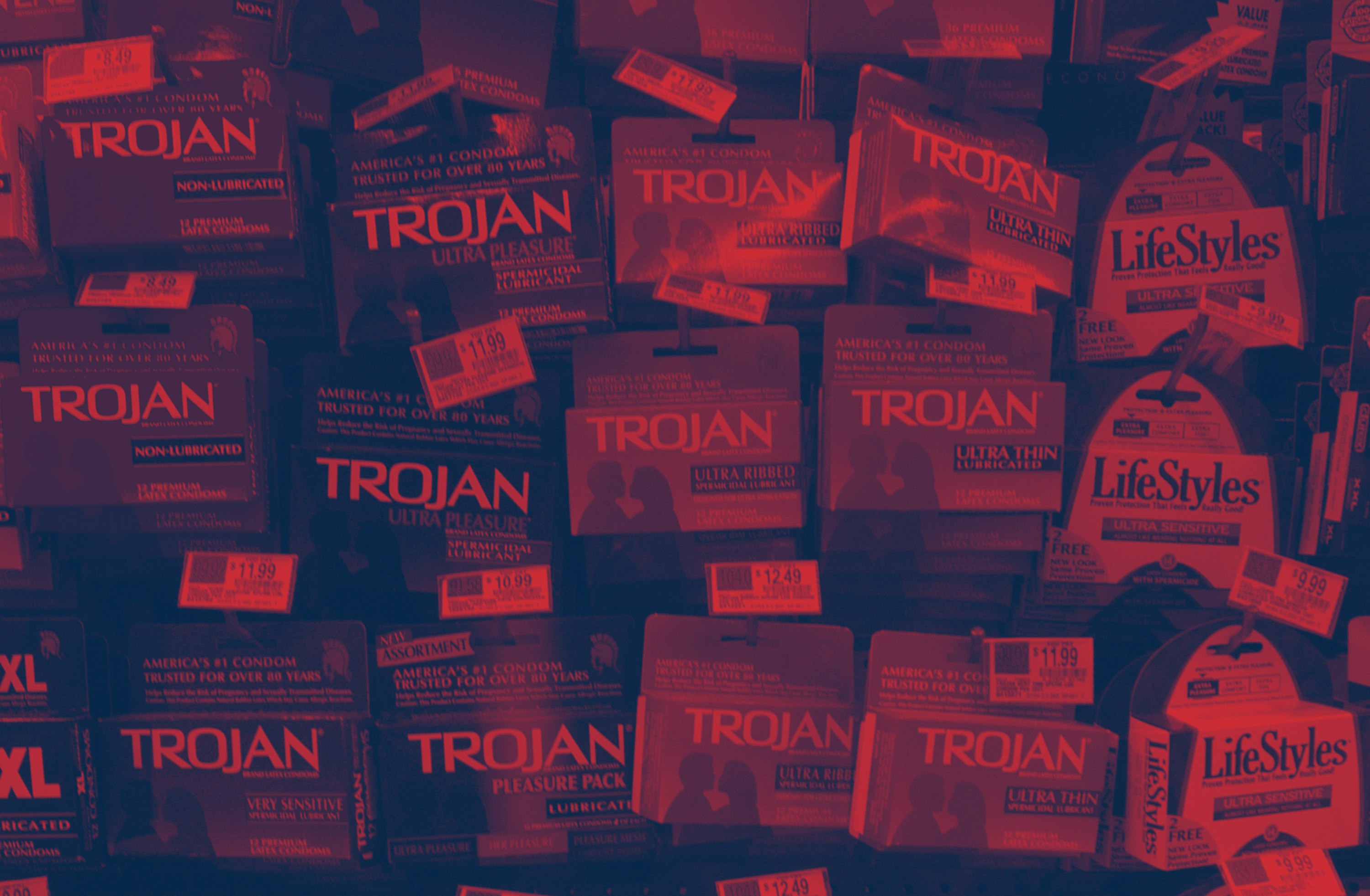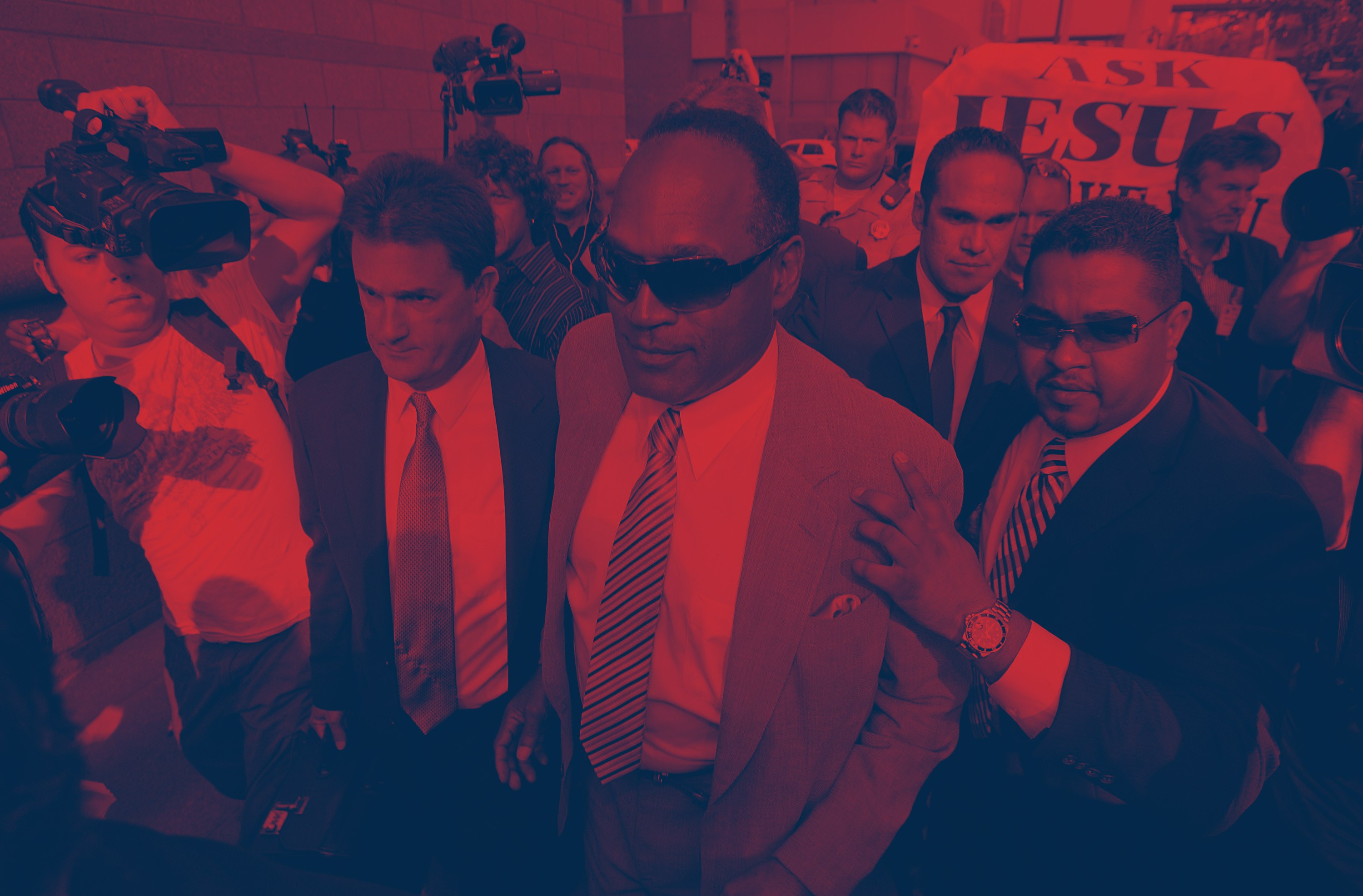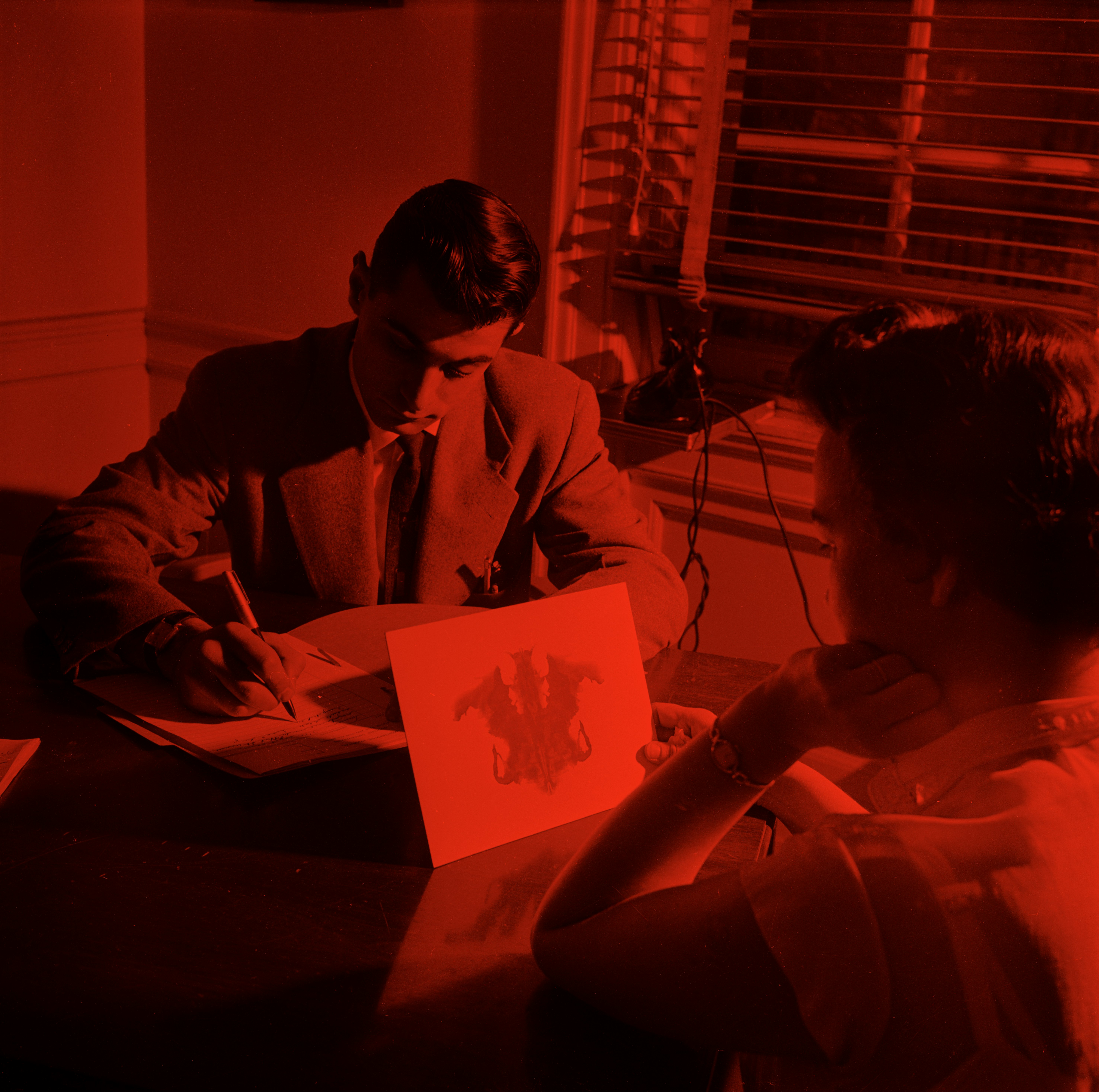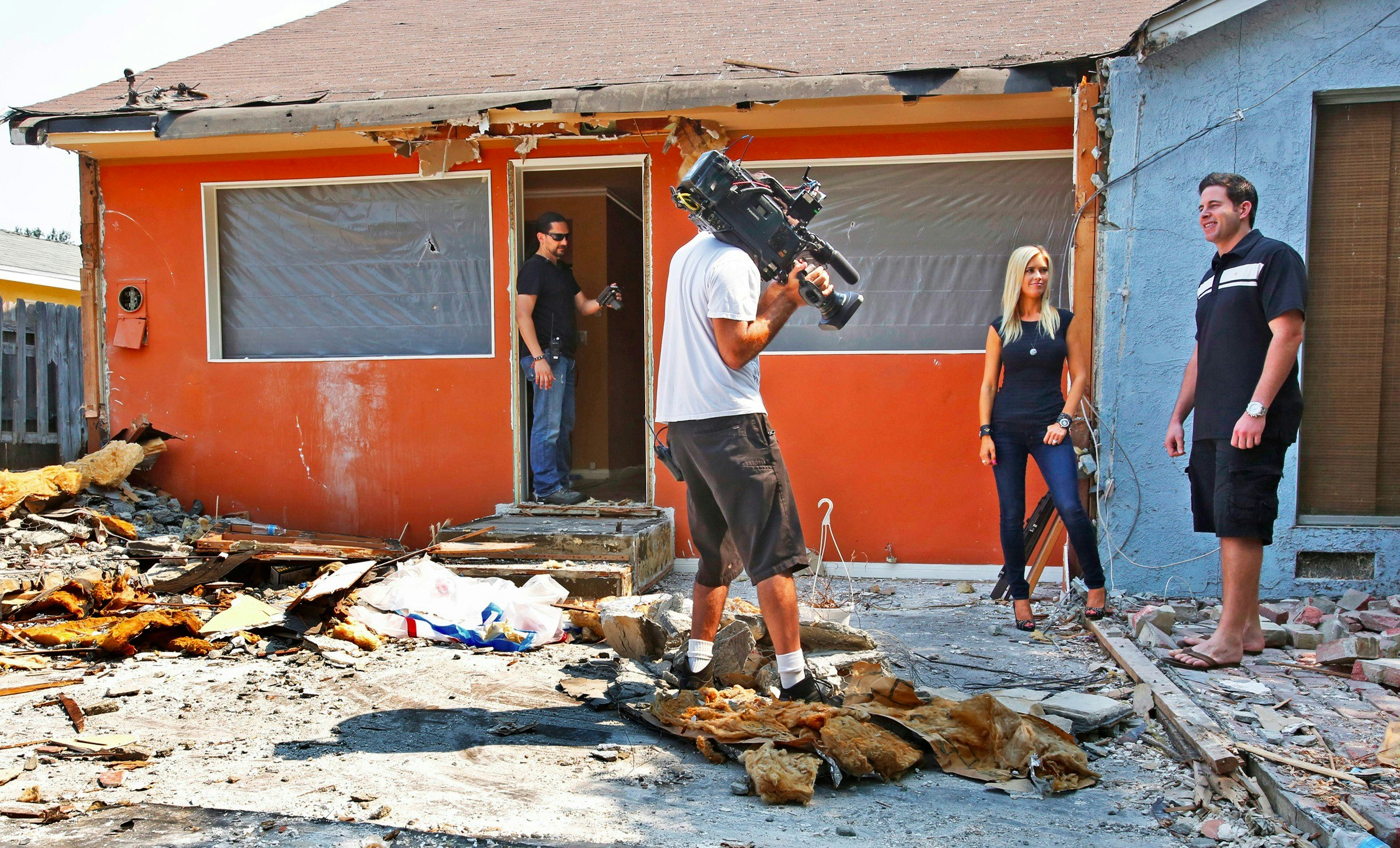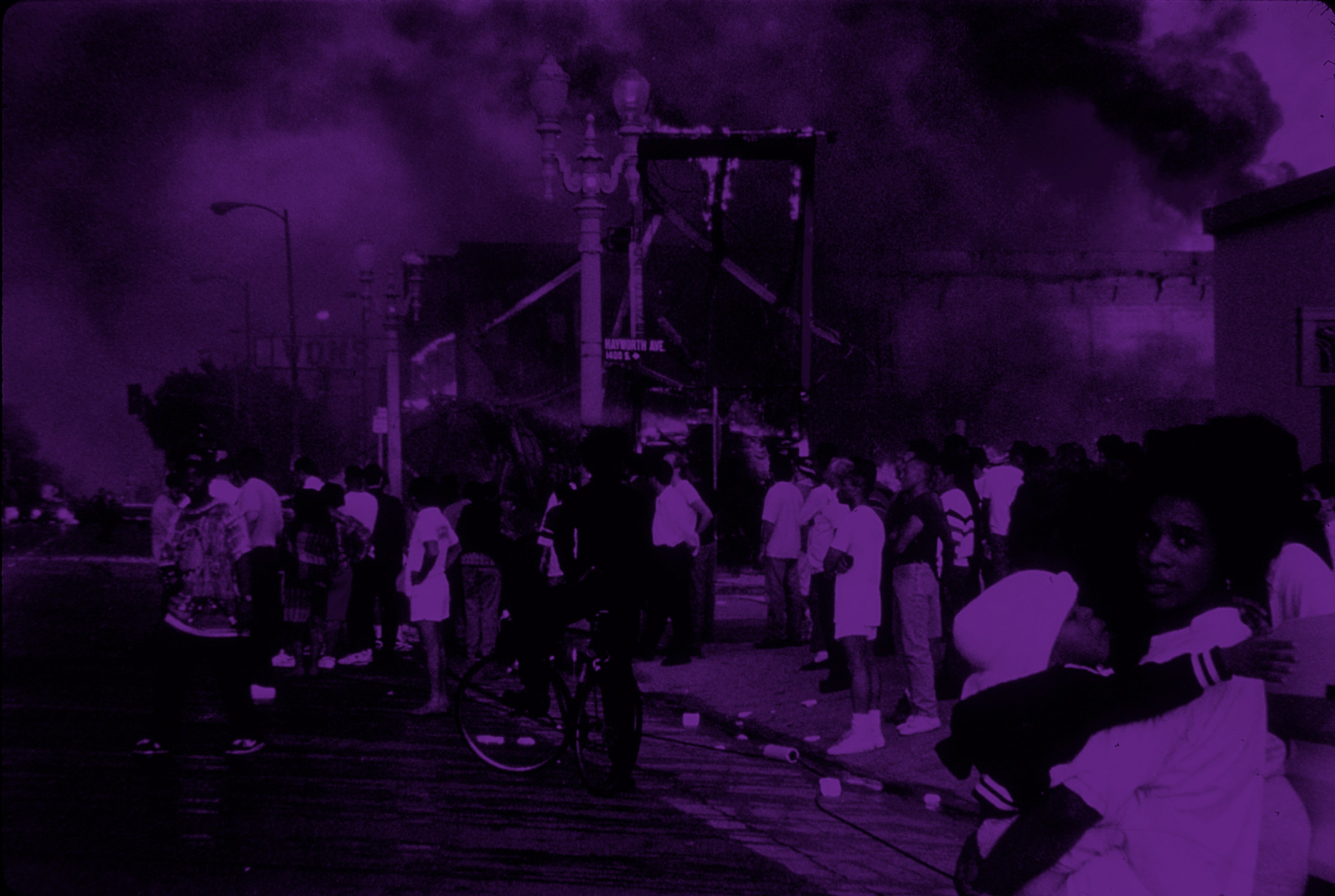Fans of HBO’s Insecure want to know whether or not its characters are having safe sex. On August 9, BET published a piece tenuously linking the current lawsuit against Usher — in which three people claim the singer failed to disclose his herpes infection before he engaged in sexual contact with them — with the importance of depicting condom use on television shows, specifically Insecure. On August 8, VSB published an article titled, “In Insecure, Where Are the Condoms?” That same day, Madame Noire published its own similar critique of the show. Many viewers flocked to social media to either call out the lack of condoms on the show (“I'm not looking for instruction but Insecure depicts everything else with realistic detail so the lack of condoms is jarring,” tweeted one viewer) or decry the entire conversation as an overreaction (“I hate y'all for trying to get mad at Insecure cause they're not reminding you grown adults to wear condoms every. Single. Sex scene,” wrote another viewer).
The show, which focuses heavily on the main character Issa’s sex and dating experiences, as well as those of her ex-boyfriend Lawrence, features several intimate scenes including sex between long-term partners and random hookups with neighbors. Viewers have praised the show for its realistic, honest depictions of sex that often encompass some degree of awkwardness. On August 14 — the day after another sex-heavy, condom-light episode called “Hella LA” aired — Issa Rae, the show’s creator and star, responded to the conversation, tweeting “We tend to place condoms in the backgrounds of scenes or imply them. But we hear you guys and will do better next season,” along with screenshots of scenes from the show in which condom wrappers are visible.
We tend to place condoms in the backgrounds of scenes or imply them. But we hear you guys and will do better next season. #InsecureHBOpic.twitter.com/q9quKK3ZB8
— Issa Rae (@IssaRae) August 14, 2017
Viewer criticisms of a show’s lack of sex scenes involving protection has happened before in regards to another HBO show, Girls. It faced similar criticisms around depictions of safer sex back in 2013. The series ended with the protagonist, Hannah, dealing with an unplanned pregnancy, ultimately casting those depictions of risky sex as important plot points, not just oversights. But even through all that, questions of a TV show’s responsibility to promote safe sex danced alongside arguments of why what happens on a TV show is inconsequential.
Because the series is ongoing, Insecure doesn’t have the same space for hindsight that Girls does. And the conversation around the show has only been fueled by issues of consent and protection brought to the forefront by Usher’s herpes exposure case. But ultimately the question that is at the heart of these discussions reaches beyond the pieces of art themselves, a question that can’t be settled by a tweeted response to an online firestorm: Why does practicing safer sex not seem to be happening in real life? Indeed, if safe sex were the norm, Insecure would never be questioned. There’s an assumption that millennials and Gen Xers should be familiar with the importance of protected sex by now. The AIDS crisis led to increased awareness around condom use and other safe sex practices through mass media avenues like public service announcements, after school specials, and episodes of edgy teen shows, and mainstream media condom advertising that have continued through the early ’00s to today.
Nevertheless rates of chlamydia, gonorrhea, and syphilis have been climbing in recent years. In October of last year, the CDC announced that rates of infection of those three diseases was at an all-time high in the U.S. The number of syphilis infection cases alone increased by 19 percent between 2014 and 2015. Other countries, too, have been seeing increasing infection rates over the past several years, including Canada and India.
There are several possible explanations. “Dating apps are making us riskier” is a perennial explanation. The World Health Organization has said a rise in unprotected oral sex could be to blame. Other public health officials point to cuts to state and local STD prevention, testing, and treatment programs since at least 2003. Still others say these high numbers could be attributed to increased testing that has in turn led to more STD diagnoses. But as CDC Director of the National Center for HIV/AIDS, Viral Hepatitis, STD, and TB Prevention Dr. Jonathan Mermin told the New York Times last year, “It’s not completely clear, the cause and effect, at this point.” In short, no one’s really sure what’s going on right now.
With so much confusion in the big picture, and, as increased infection rates suggest, so many more people becoming more aware of STD transmission through personal experience, it’s no wonder that in looking for an answer to the question of “Why?” that people are turning their criticisms to a TV show on HBO. If we can’t look to art to address our most vexing questions, we come too close to writing it all off as meaningless.
